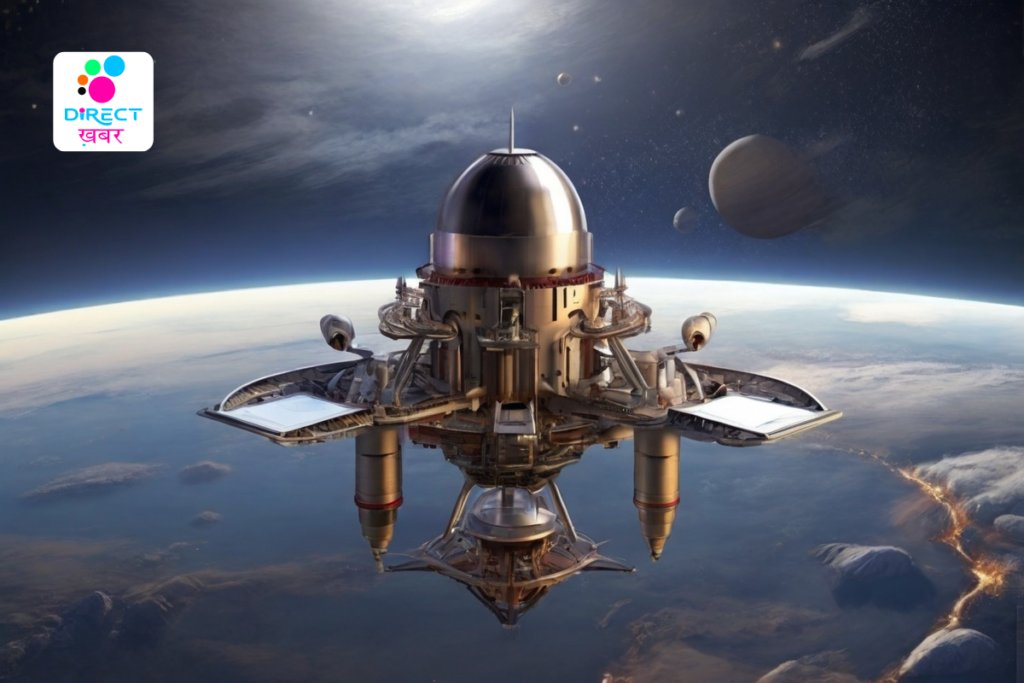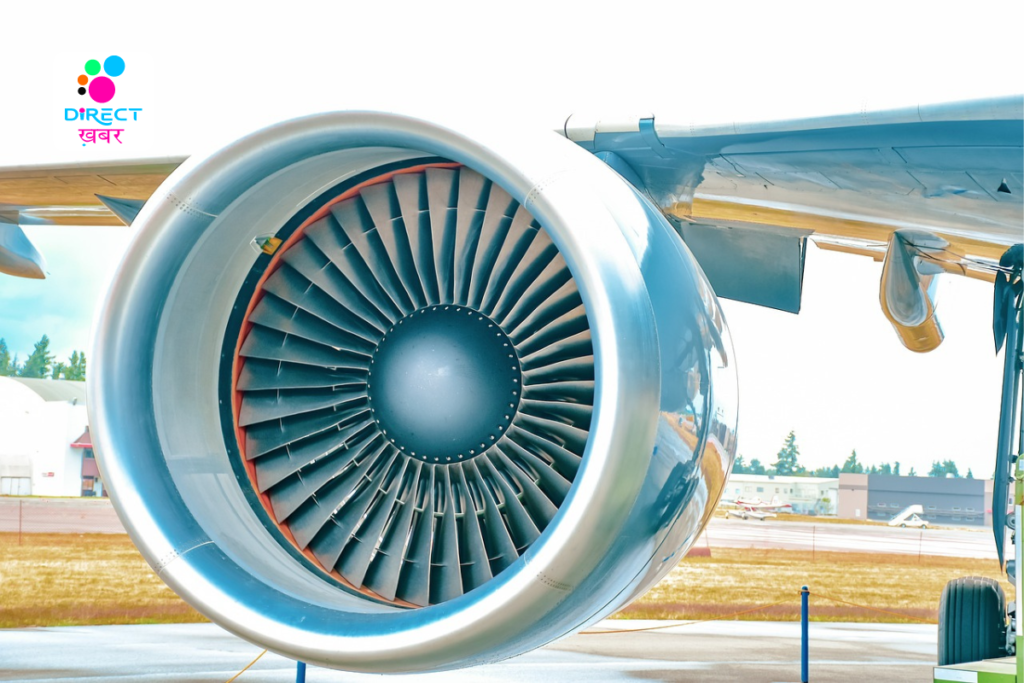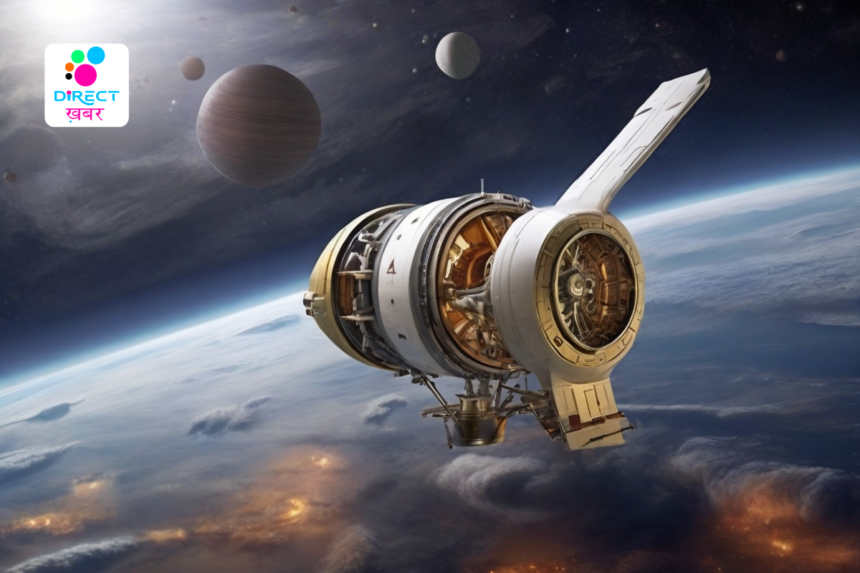Embarking on the Aerospace Engineering Voyage to the Stars
The quest for exploring the stars has been a timeless endeavor captivating the human imagination. Aeronautical engineering stands at the forefront of this odyssey, driving innovation and pushing the boundaries of human exploration. In this journey to the stars, aerospace engineering serves as the guiding force, blending cutting-edge technology, scientific principles, and sheer human determination. This essay delves into the multifaceted realm of aerospace engineering, exploring its pivotal role in our journey towards the stars.

Evolution of Aeronautical Engineering
Aeronautical engineering traces its roots back to the early pioneers of flight, such as the Wright brothers, who dared to defy gravity with their pioneering aircraft. Over the decades, Aeronautical engineering has evolved significantly, propelled by breakthroughs in materials science, propulsion systems, and computational modeling. From the first crude rockets to the sophisticated spacecraft of today, aerospace engineering has continually pushed the boundaries of what is possible, ushering in an era of unprecedented exploration beyond Earth’s atmosphere.
Fundamental Principles
At its core, Aeronautical engineering is grounded in fundamental principles of physics, mathematics, and engineering. Newton’s laws of motion, Bernoulli’s principle, and the laws of thermodynamics form the bedrock upon which Aeronautical engineers build their designs. Understanding the complex interactions of forces, fluid dynamics, and structural mechanics is essential for designing aircraft, spacecraft, and propulsion systems capable of withstanding the extreme conditions of space.
Design and Development Process
The design and development process in Aeronautical engineering is a meticulous and iterative journey, spanning concept generation, analysis, prototyping, and testing. Engineers leverage advanced computer-aided design (CAD) software to create intricate models of Aeronautical vehicles, simulating their performance under various operating conditions. Wind tunnel testing, computational fluid dynamics (CFD), and finite element analysis (FEA) are employed to validate designs and optimize efficiency, safety, and reliability.
Aerospace Materials
Materials play a crucial role in aerospace engineering, where the demands of high performance, lightweight, and durability are paramount. Advanced composites, such as carbon fiber reinforced polymers (CFRP), offer exceptional strength-to-weight ratios, making them ideal for aircraft structures and spacecraft components. Superalloys withstand the extreme temperatures of jet engines and rocket nozzles, while thermal protection systems shield spacecraft during re-entry into Earth’s atmosphere.
Propulsion Systems
Propulsion systems are the beating heart of aerospace engineering, propelling vehicles through Earth’s atmosphere and beyond. From turbofan engines powering commercial airliners to liquid-fueled rockets propelling spacecraft into orbit, propulsion technology continues to evolve to meet the demands of modern aerospace travel. Electric propulsion systems, such as ion thrusters, offer fuel efficiency and high specific impulse for deep space missions, while research into nuclear propulsion holds the promise of faster interplanetary travel in the future.

Astronautics and Spacecraft Design
Astronautics focuses on the design and operation of spacecraft for exploration, communication, and scientific research beyond Earth’s atmosphere. Spacecraft design encompasses a diverse array of disciplines, including structural engineering, thermal management, guidance and navigation, and communication systems. From crewed capsules to robotic rovers, spacecraft are engineered to withstand the rigors of space travel while fulfilling their mission objectives, whether it be exploring distant planets or studying the cosmos.
Challenges and Future Directions
Despite remarkable advancements, aerospace engineering faces numerous challenges on the path to the stars. The harsh environment of space, radiation exposure, microgravity effects, and long-duration missions pose significant hurdles for engineers and astronauts alike. Additionally, the pursuit of sustainable space exploration necessitates the development of eco-friendly propulsion systems, resource utilization technologies, and closed-loop life support systems.
Looking ahead, the future of aerospace engineering is filled with promise and possibility. From the colonization of Mars to the discovery of habitable exoplanets, humanity’s journey to the stars is only just beginning. Breakthroughs in materials science, propulsion technology, and artificial intelligence will continue to drive innovation in aerospace engineering, enabling us to reach new heights and explore the cosmos like never before.
Aerospace engineering is the vanguard of humanity’s quest to explore the stars, pushing the boundaries of what is possible and expanding our understanding of the universe. From the early days of aviation to the dawn of the space age, aerospace engineers have been instrumental in turning dreams of space exploration into reality. As we embark on this odyssey towards the stars, aerospace engineering will remain at the forefront, guiding us towards new horizons and unlocking the mysteries of the cosmos.






